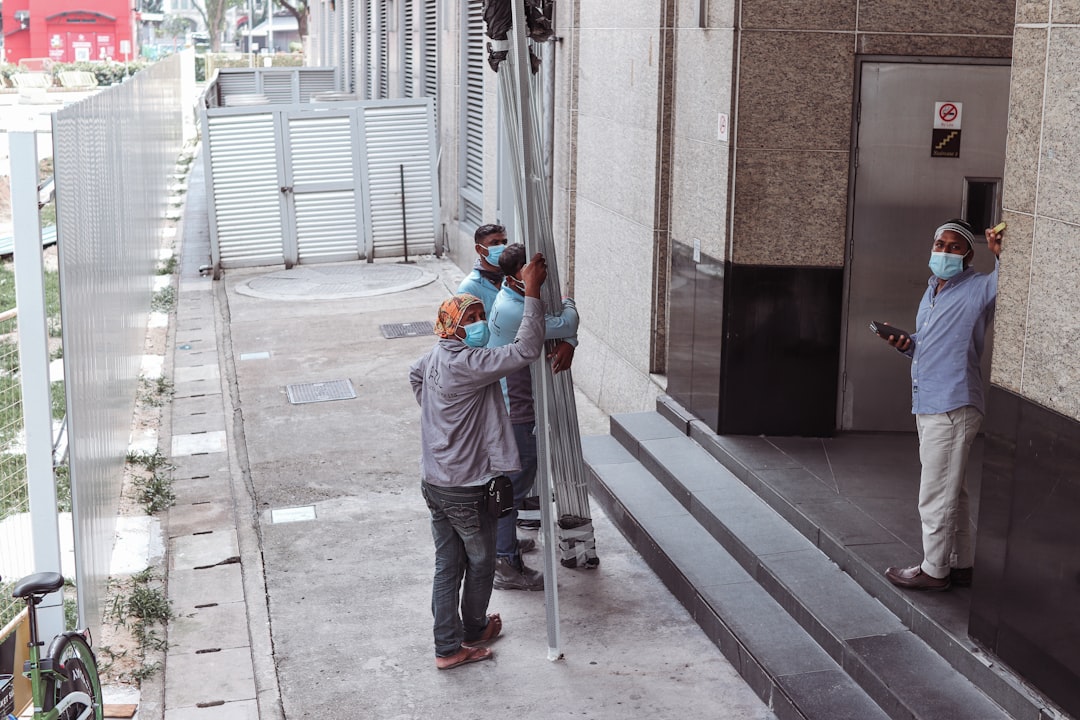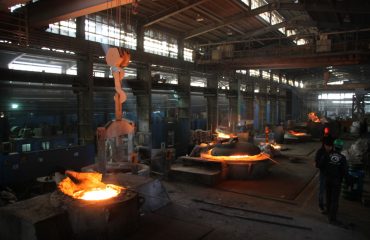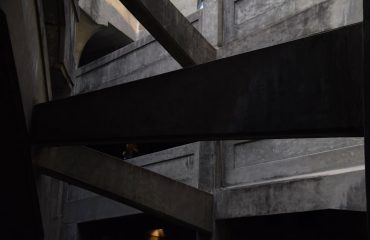body { font-family: sans-serif; line-height: 1.6; }
h1, h2, h3 { color: #333; }
img { max-width: 100%; height: auto; }
The construction industry is undergoing a significant transformation, driven by the need for sustainable practices, faster construction times, and cost-effectiveness. Hybrid construction, a clever blend of traditional and modern building methods, is emerging as a leading solution. This approach leverages the strengths of various techniques to create structures that are both innovative and efficient. Let’s delve into the fascinating world of hybrid construction and explore its various facets.
1. Understanding the Core Principles of Hybrid Construction
Hybrid construction isn’t about simply combining two unrelated methods. It’s a strategic approach that carefully selects and integrates different building materials and techniques to optimize the overall project. This might involve combining timber framing with concrete elements for increased structural integrity, or using prefabricated modular units alongside in-situ concrete pouring for faster project completion. The key lies in understanding the unique properties of each material and method and employing them where they offer the most significant advantages. For example, timber offers excellent sustainability credentials and speed of construction, while concrete provides superior fire resistance and strength. Hybrid construction seeks the synergistic benefits of both.
2. Exploring Common Hybrid Construction Methods
Several popular hybrid construction methods are gaining traction. One prevalent approach is the combination of steel and concrete. Steel frames offer exceptional strength and flexibility, while concrete infill walls provide fire resistance and thermal mass. Another common method uses timber frames with cross-laminated timber (CLT) panels. CLT, a highly engineered wood product, offers exceptional strength and dimensional stability, making it ideal for taller structures. Furthermore, the integration of prefabricated modular components with traditional on-site construction is becoming increasingly popular, reducing construction time and improving quality control. Mass timber construction, utilizing large engineered wood elements, is another significant trend, often combined with steel or concrete for specific structural needs.
3. The Advantages of Embracing Hybrid Construction
The benefits of hybrid construction are numerous and compelling. Firstly, it significantly reduces construction time. Prefabrication and modular construction, often components of hybrid approaches, allow for parallel construction processes, accelerating project timelines. Secondly, it enhances sustainability. By strategically selecting materials like timber and recycled content, hybrid construction minimizes the environmental impact compared to traditional methods. Thirdly, it improves structural performance. The combined strengths of different materials lead to structures that are more resilient, durable, and capable of withstanding various environmental conditions. Finally, it offers greater design flexibility. The ability to combine different materials allows architects and engineers to create innovative and aesthetically pleasing designs that might not be possible using a single material or method.
4. Navigating the Challenges of Hybrid Construction
Despite its numerous advantages, hybrid construction presents some challenges. One key obstacle is the need for specialized knowledge and expertise. Successfully integrating different materials and construction methods requires a deep understanding of each component’s properties and their interactions. Effective project management and coordination are critical to ensure seamless integration and avoid delays. Furthermore, the initial cost of hybrid construction can sometimes be higher than traditional methods, although long-term cost savings from increased efficiency and durability often outweigh this initial investment. Finally, the availability of skilled labor proficient in multiple construction techniques can be a constraint in some regions.
5. The Future of Hybrid Construction: Trends and Innovations
The future of hybrid construction is bright, with ongoing innovations pushing the boundaries of what’s possible. We can expect to see increased use of advanced materials like high-performance concrete and engineered wood products. The integration of Building Information Modeling (BIM) will become even more crucial for effective design and coordination. Furthermore, advancements in prefabrication and modular construction technologies will lead to even faster and more efficient building processes. The focus on sustainability will continue to drive the development of hybrid systems that utilize recycled and renewable materials. Expect to see hybrid construction playing a pivotal role in the creation of sustainable, resilient, and efficient buildings for years to come.
In conclusion, hybrid construction offers a compelling approach to building, effectively combining the best features of various techniques to create structures that are efficient, sustainable, and innovative. While challenges remain, the ongoing advancements and growing adoption of hybrid methods suggest a promising future for this transformative approach to building design and construction.
Tags: Hybrid Construction, Sustainable Construction, Modern Construction, Prefabricated Construction, Modular Construction




